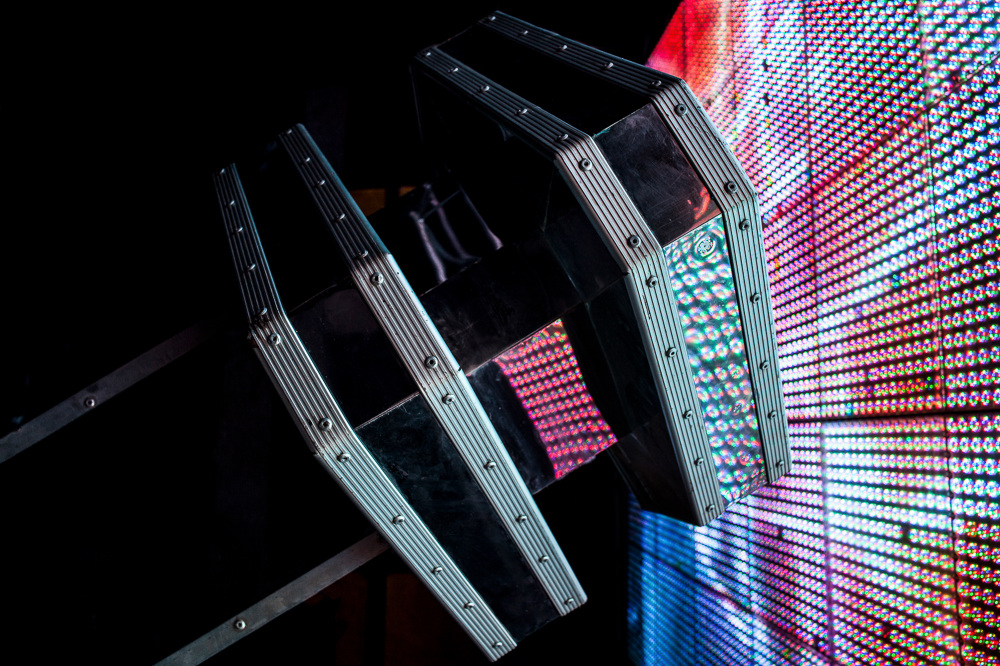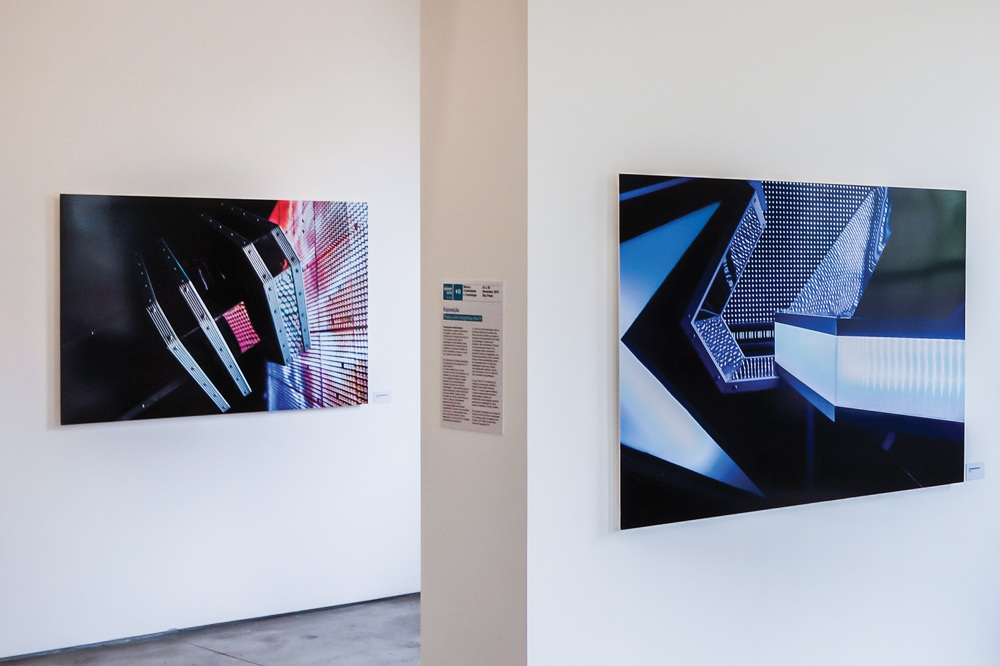



Área 91
Espaçonaves estacionadas em galpões que, durante as noites dos fins de semana, se transformam em atrações para mais de 10 mil pessoas. Essas são as aparelhagens de tecnobrega, peças essenciais do movimento musical originado e consumido em Belém do Pará e nas regiões vizinhas, que a cada ano expande suas fronteiras.
Foi em 2009, enquanto eu estava envolvido em outro projeto na capital paraense, que tive a oportunidade de testemunhar de perto uma festa de aparelhagem. Fiquei atônito ao ver o que parecia ser uma espaçonave sendo ovacionada por uma multidão extasiada. Minha mente foi inundada por imagens cinematográficas, especialmente aquelas da era em que a computação gráfica dava seus primeiros passos.
O recorte das imagens tem como objetivo identificar elementos estéticos característicos dos filmes de ficção científica, que despertam nos frequentadores das festas de aparelhagem um fascínio pelo extraordinário, pelo inimaginável. As produções cinematográficas da era pré-computação gráfica frequentemente exibiam estruturas extravagantes, com linhas geométricas exageradas e toques de kitsch. E essas características podem ser observadas tanto no design das aparelhagens quanto nas catarses promovidas pelos excessos, seja de luzes, da fumaça, como do volume do som, nas festas de aparelhagem.
O nome "Área 91" faz alusão ao código de comunicação de Belém e também à famosa base militar americana "Área 51", local que, segundo ufólogos, oculta e investiga objetos voadores não identificados. Essas alegações têm inspirado a imaginação de inúmeros autores e roteiristas de ficção científica ao longo dos anos.
Esse projeto foi concretizado com o apoio do Instituto de Artes do Pará e recebeu o primeiro lugar na categoria de livre criação no XII Prêmio Funarte Marc Ferrez de Fotografia 2012.
Area 91
Spaceships parked in warehouses that, during weekend nights, transform into attractions for over 10 thousand people. These are the sound systems of "tecnobrega," essential components of the music movement originated and consumed in Belém do Pará and the surrounding regions, expanding its borders each year.
It was in 2009, while I was involved in another project in the capital of Pará, that I had the opportunity to witness up close a "tecnobrega" party. I was astonished to see what seemed to be a spaceship being cheered by an ecstatic crowd. My mind was flooded with cinematic images, especially those from the era when computer graphics took its first steps.
The selection of images aims to identify aesthetic elements characteristic of science fiction films, arousing fascination for the extraordinary and the unimaginable among the attendees of "tecnobrega" parties. Pre-computer graphics era cinematic productions often displayed extravagant structures with exaggerated geometric lines and touches of kitsch. These characteristics can be observed both in the design of the sound systems and in the catharsis promoted by excesses, be it in lights, smoke, or sound volume, at "tecnobrega" parties.
The name "Area 91" alludes to Belém's communication code and also to the famous American military base "Area 51," a place that, according to ufologists, hides and investigates unidentified flying objects. These claims have inspired the imagination of countless science fiction authors and screenwriters over the years.
This project was realized with the support of the Institute of Arts of Pará and received the first place in the category of free creation at the XII Funarte Marc Ferrez Photography Award 2012.